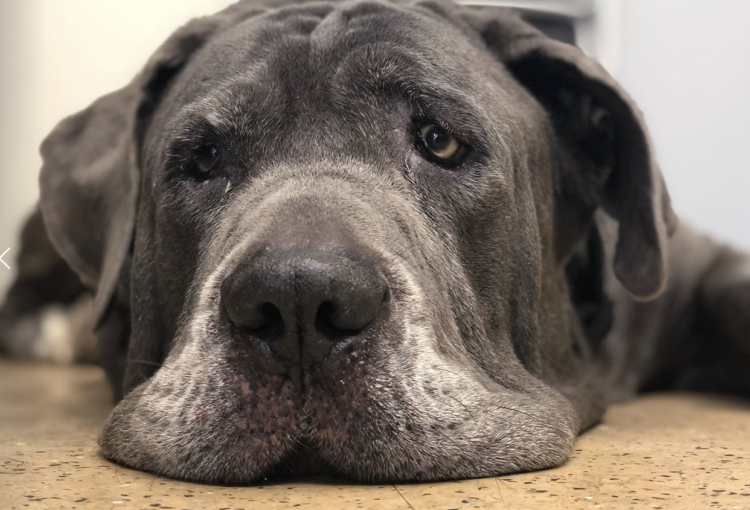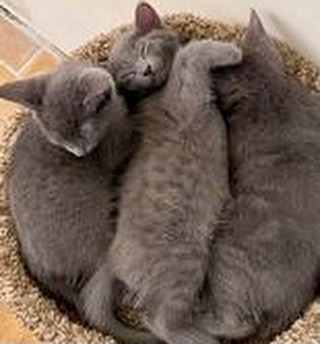End of Daylight Saving Time Tips for Pet Owners
 Falling back means an “extra hour of sleep” for us humans. But our dogs and cats don’t know that.
Falling back means an “extra hour of sleep” for us humans. But our dogs and cats don’t know that.
“The time change can be really hard for pets.” RCHS spokesman John Van Zante says, “Animal shelters, veterinarians, and behaviorists get calls from people saying their dogs and cats don’t want to eat. Some pets seem to sleep all the time. Others are awake and doing ‘Zoomies’ at 3:00 in the morning.”
Pets usually adopt the schedules of their owners. They get up when we get up. They go to bed when we go to bed. Pets love a routine. They like being fed at the same time every day. They understand when it gets light and dark and adjust their lives accordingly.
 Van Zante adds, “Just like humans, animals have internal clocks that tell them when to eat, sleep and wake up. But it might be different for pets because they rely on natural sunlight while humans are more likely to use artificial lighting.”
Van Zante adds, “Just like humans, animals have internal clocks that tell them when to eat, sleep and wake up. But it might be different for pets because they rely on natural sunlight while humans are more likely to use artificial lighting.”
Our pets develop routines related to human activity. This is why your dog wants his nightly walk at 7 or why your cats want their breakfast at 5:30 every day, even on weekends!
“When humans switch to “Standard Time”, we adjust our routines. Pets have no idea what’s happening. To us, it seems like the animals are behaving oddly. It’s actually us behaving oddly. And we can’t explain it to them.”
The biggest suggestion we have for pet owners is to be patient with your pets during the next few days and weeks. If you can make a gradual change, that’s great. But, since that’s not possible for everyone, be patient and give your pets lots of reassurance that everything is okay.
